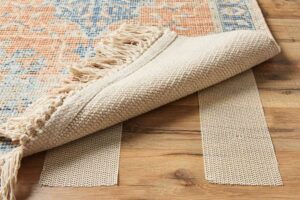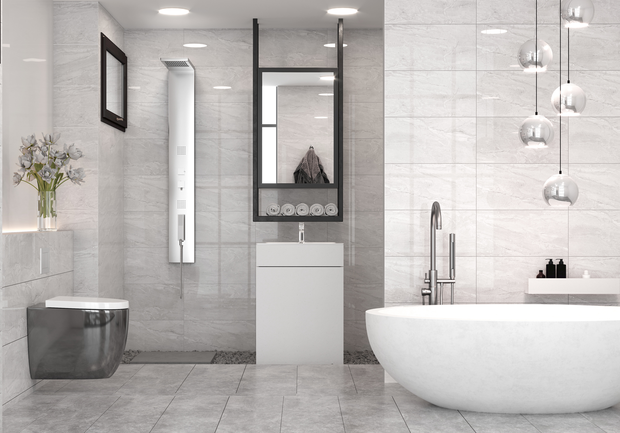
Selecting the Perfect Tiles for Your Bathroom: A Comprehensive Guide
Introduction:
Choosing the right tiles for your bathroom involves a careful consideration of various factors, including aesthetics, functionality, and durability. With a plethora of options available, navigating the world of bathroom tiles can be overwhelming. In this comprehensive guide, we will explore the different types of tiles suitable for bathrooms, their unique characteristics, and address frequently asked questions to assist you in making an informed decision.
1. The Foundation: Understanding Bathroom Tile Basics
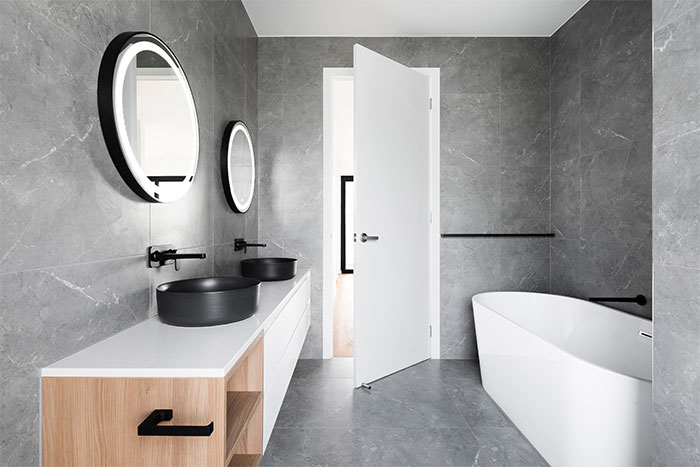
1.1 Purpose of Bathroom Tiles Bathroom tiles serve both practical and aesthetic purposes. They provide a waterproof surface, protect walls and floors from moisture, and contribute to the overall design and ambiance of the space.
1.2 Key Considerations
- Water Resistance: Since bathrooms are high-moisture areas, choosing tiles with excellent water resistance is crucial.
- Durability: Tiles must withstand daily wear and tear, cleaning, and exposure to various bathroom products.
- Style: The aesthetic appeal of tiles significantly influences the overall look and feel of the bathroom.
2. Popular Types of Bathroom Tiles
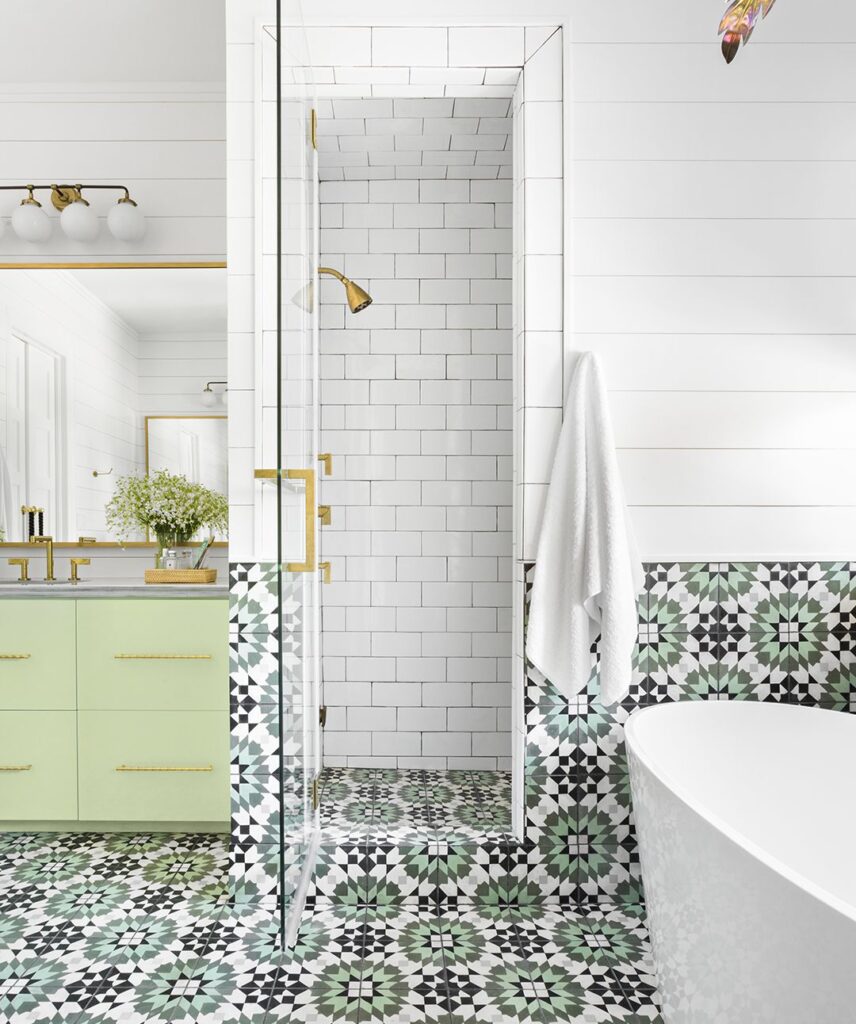
2.1 Ceramic Tiles Ceramic tiles are a classic choice for bathrooms. They are affordable, easy to clean, and come in a variety of colors and patterns. However, they may be prone to chipping and cracking over time.
2.2 Porcelain Tiles Known for their durability and water resistance, porcelain tiles are a popular choice for bathroom floors and walls. They are available in various styles, including designs that mimic natural stone or wood.
2.3 Natural Stone Tiles Options like marble, granite, and travertine provide a luxurious and timeless look. However, natural stone requires proper sealing to prevent water damage and may be more high-maintenance.
2.4 Mosaic Tiles Mosaic tiles, available in ceramic, glass, or natural stone, are small but versatile. They are ideal for creating intricate patterns, accent walls, or adding visual interest to shower areas.
2.5 Vinyl Tiles Vinyl tiles are budget-friendly and resistant to water and stains. They come in an array of styles, including those that replicate the look of hardwood or natural stone.
3. Choosing the Right Tiles for Different Bathroom Areas
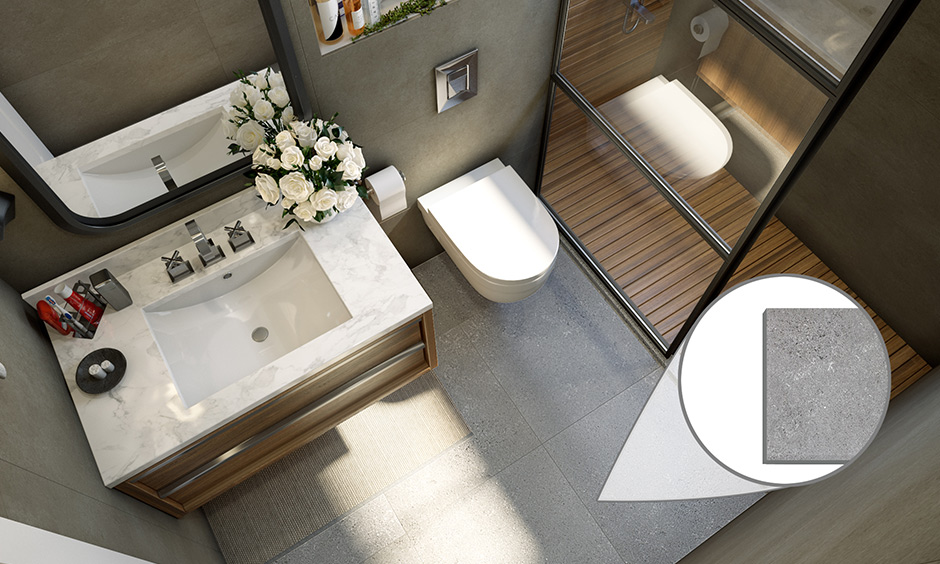
3.1 Bathroom Floors For bathroom floors, prioritize slip-resistant tiles with a textured surface to prevent accidents. Porcelain and ceramic tiles, as well as certain types of natural stone, are excellent choices.
3.2 Shower Walls and Floors Opt for tiles with excellent water resistance for shower areas. Large-format porcelain tiles or ceramic tiles with minimal grout lines are popular for creating a sleek and modern look.
3.3 Bathroom Walls Ceramic tiles, porcelain tiles, and even glass tiles work well for bathroom walls. Consider the style and color scheme of your bathroom when selecting wall tiles.
3.4 Accent Areas Mosaic tiles are perfect for creating eye-catching accents in the bathroom. They can be used as borders, niche backsplashes, or to highlight specific areas.
4. Tile Sizes and Patterns: Aesthetic Considerations
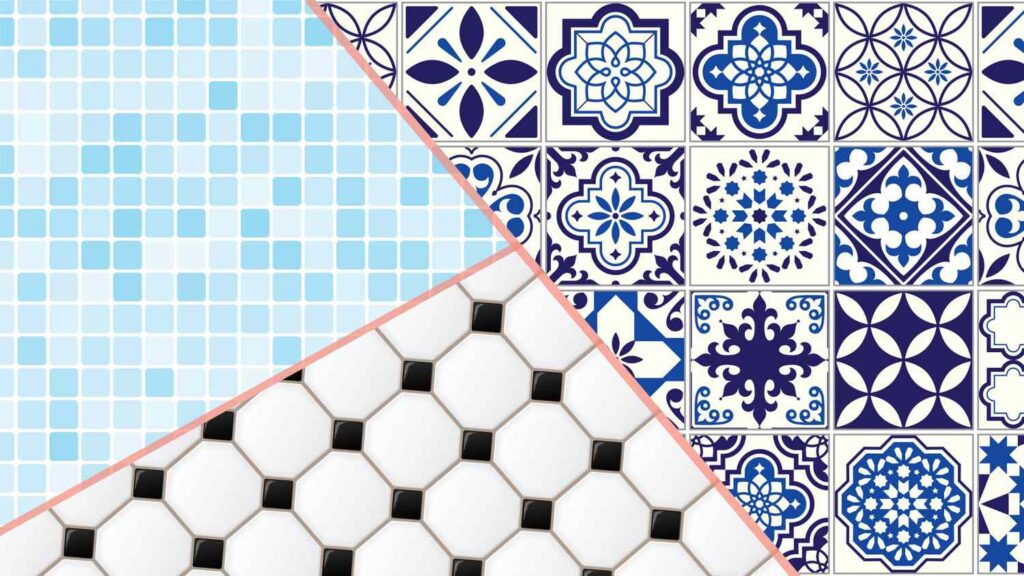
4.1 Tile Sizes The size of the tiles can significantly impact the visual perception of the bathroom. Larger tiles can make a small space feel more expansive, while smaller tiles are suitable for intricate patterns or mosaic designs.
4.2 Tile Patterns Consider the layout and patterns when installing tiles. Herringbone, chevron, and subway patterns are popular choices for creating visually appealing surfaces.
4.3 Grout Lines The color and width of grout lines influence the overall appearance. Darker grout can provide contrast and hide dirt, while thinner grout lines create a seamless look.
5. Maintenance and Longevity: Ensuring Tile Durability
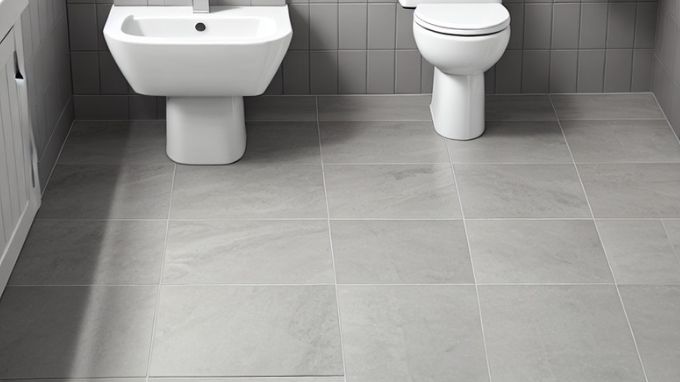
5.1 Sealing Natural Stone Tiles If you choose natural stone tiles, ensure they are properly sealed to protect against moisture and stains. Regular resealing may be necessary to maintain their longevity.
5.2 Cleaning and Maintenance Different tiles require different cleaning approaches. Ensure that the chosen tiles fit into your lifestyle in terms of maintenance. Porcelain and ceramic tiles are generally low-maintenance, while natural stone may require more care.
5.3 Resistant to Stains and Chemicals Consider tiles that are resistant to stains and chemicals commonly found in bathrooms, such as cleaning agents and personal care products.
6. Cost Considerations: Balancing Budget and Quality
6.1 Budget-Friendly Options Ceramic and vinyl tiles are often more budget-friendly compared to natural stone or high-end porcelain tiles. Assess your budget constraints while keeping in mind the long-term benefits of quality tiles.
6.2 Long-Term Investment Investing in high-quality, durable tiles may involve a higher upfront cost but can prove to be a cost-effective choice in the long run due to their longevity and low maintenance requirements.
Frequently Asked Questions (FAQs)
Q1: Are all tiles suitable for bathroom floors?
A1: While many tiles work for bathroom floors, prioritize those with slip resistance, durability, and water resistance, such as porcelain or ceramic tiles.
Q2: Can I use natural stone tiles in my shower area?
A2: Yes, natural stone tiles can be used in showers, but they require proper sealing to prevent water damage. Consult with a professional to ensure proper installation.
Q3: How do I clean and maintain bathroom tiles?
A3: Regular cleaning with a mild, non-abrasive cleaner is suitable for most tiles. Follow manufacturer recommendations and avoid harsh chemicals that may damage the surface.
Q4: Can I install tiles over existing flooring in the bathroom?
A4: In some cases, tiles can be installed over existing flooring, but it’s essential to ensure that the existing surface is in good condition and suitable for tiling.
Q5: What is the difference between ceramic and porcelain tiles?
A5: Porcelain tiles are denser and less porous than ceramic tiles, making them more water-resistant and durable. Porcelain is an ideal choice for bathrooms.
Q6: Are mosaic tiles suitable for bathroom floors?
A6: Mosaic tiles are more commonly used for accent areas, shower walls, or backsplashes. Using them for bathroom floors may create a visually interesting but potentially slippery surface.
Q7: How can I make a small bathroom look larger with tiles?
A7: Choose larger tiles to create the illusion of a more expansive space. Light-colored tiles and minimal grout lines also contribute to a visually larger bathroom.
Q8: Do I need a professional installer for my bathroom tiles?
A8: While DIY installation is possible for some, hiring a professional ensures proper installation, especially for natural stone or complex patterns. Professionals can also address any potential issues.
Q9: Can I use heated flooring with all types of tiles?
A9: Heated flooring is compatible with various tile types, including porcelain and ceramic. Consult with the manufacturer and ensure proper installation for compatibility.
Q10: Are there eco-friendly tile options for bathrooms?
A10: Yes, some tiles are made from recycled materials or are manufactured using environmentally friendly processes. Look for eco-friendly certifications when selecting tiles.
Conclusion
Selecting the perfect tiles for your bathroom involves a thoughtful balance of aesthetics, functionality, and budget considerations. With the myriad options available, understanding the characteristics of different tile types and their suitability for specific bathroom areas is essential. Armed with this comprehensive guide and answers to frequently asked questions, you can confidently embark on the journey of transforming your bathroom into a stylish and functional space with the perfect tiles.
Read about:small kitchen storage idea

